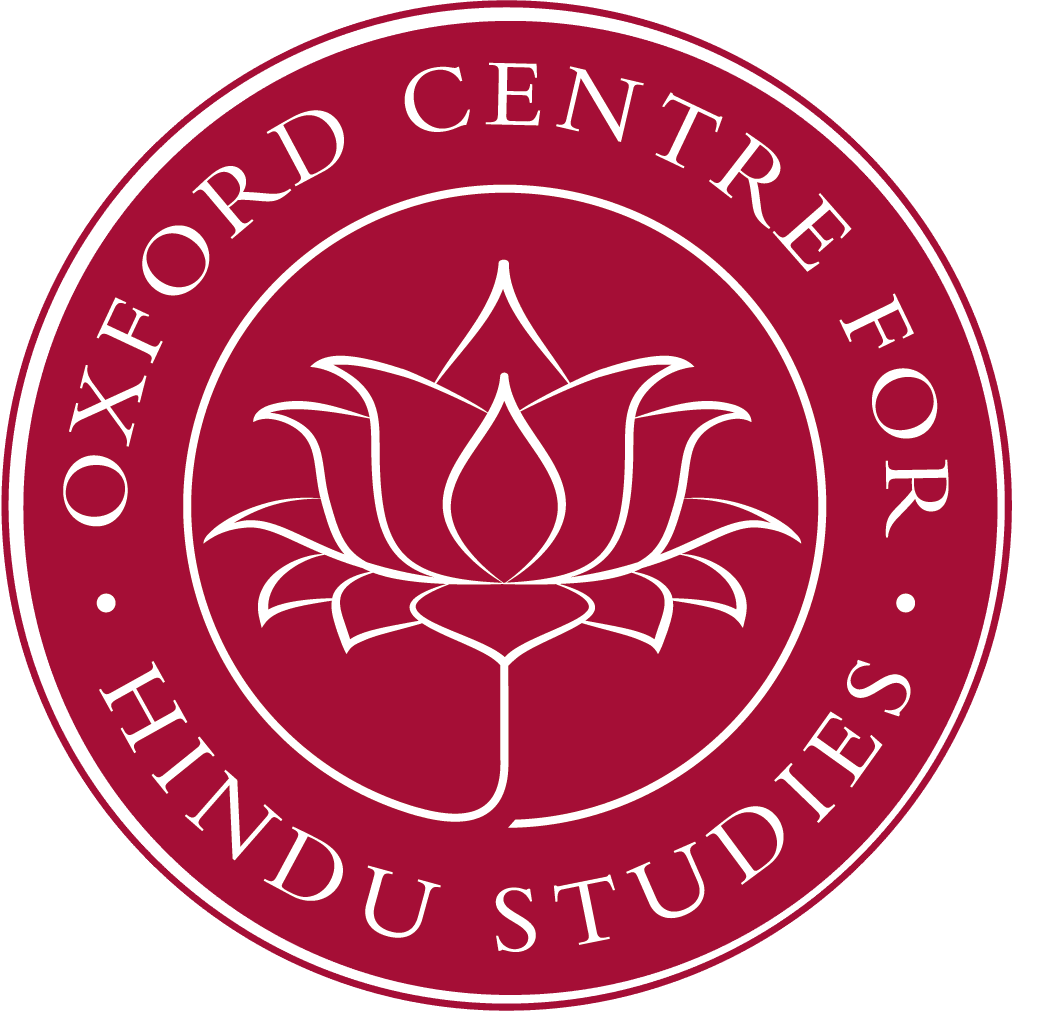Convenors: Lucian Wong and Tristan Elby
This series of seminars will provide a lively and thought-provoking forum for graduate students from across the disciplines to present their latest work on any of the Indic religions, creating an opportunity for regular discussion and cross-fertilisation among students in this area. It will be held fortnightly in Hilary term (weeks 2, 4, 6, 8) on Fridays from 4pm–5pm, with a chance for informal discussion afterwards over refreshments. Each seminar will feature two papers on related themes or subjects, of about 20 minutes each, with a chance for questions after each paper. Any graduate students working on, or otherwise interested in, Indic religions, are warmly invited to attend.
Hanumān, a Four-fold Axis Mundi Mediator? Liminal Identity of the Messenger Monkey
Matt Martin, Wolfson College, Oxford
Fusing textual, theological and ethnographic methodologies, this interdisciplinary paper will bring to the fore some interesting elucidations concerning Hindu traditions’ most popular theriomorphic deity, Hanumān. I will suggest that Hanumān exhibits, by-and-large, all of the characteristics ascribed to a quintessential liminal mediator, and that his shaman-èsque tendencies (derived from this mediatory affiliation) are not merely confined to the literary boundaries of the Ramāyāṇa, but are more widely evident on both cosmic and social levels. In brief, I will consider Hanumān’s liminal mediator nature in relation to the following issues: the mythological flights of Hanumān as documented in the Ramāyāṇa; Hanumān as a theological nexus and cosmic Axis Mundi; and finally Hanumān invoked during healing exorcism rituals, manifested in his Balajī (child-like) persona.
Archaeology of personhood in Early Historic India
Ken Ishikawa
The present paper discusses the concept of personhood in Early Historic South Asia from anthropological / archaeological perspectives, focusing on Indic divine personality.
The construct theory of personhood has been employed in archaeology to explore the idea of personhood in the human past. The person in this context refers to humans, animals or objects. Personhood is constructed through relationships not only with other humans in the society but with all aspects of the world around them. One of the fundamental questions thus is in what context inanimate objects, events or places attain ‘personhood.’
Personhood in traditional India is largely characterized by dividuality, in which the person is considered as a composite of so-called substance-codes that can be transmitted interpersonally. In my view, divine beings display this dividuality with its temporal and transformative nature as seen in the classical example of Ardhanarīśvara, who is half Śiva and half Pārvatī. I will investigate to what extent Indic Gods can be characterized by dividual personhood by looking at archaeological, art-historical, textual/epigraphic and ethnographic evidence from Early Historic South Asia and beyond.
My key case studies include: 1) a manifestation of social interactions: the relic cult and image worship in Indian Buddhism (with ethnographic reference to relics of the Jagannath image), 2) multiplicate personhood: Seven Buddhas of the past in Indian art 3) Avatāras: Buddhist/Jain fusion art of Gujarat and the interchangeability of the 9th avatāra between Buddha and Jain Ādinātha; the divine ‘avatāra’ kingship during the Gupta period.
